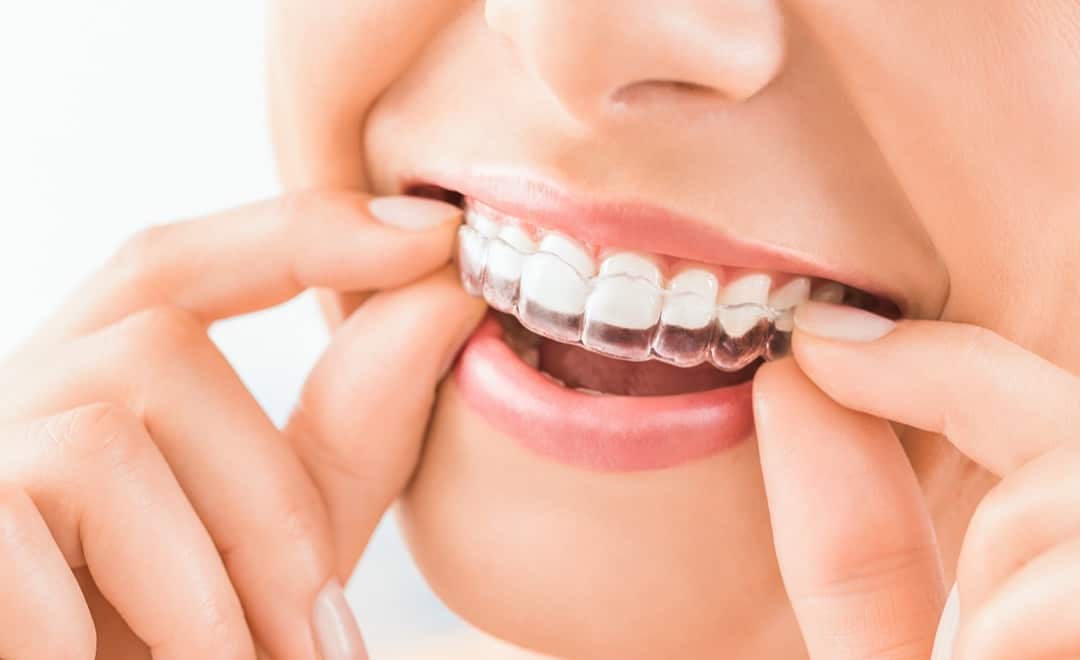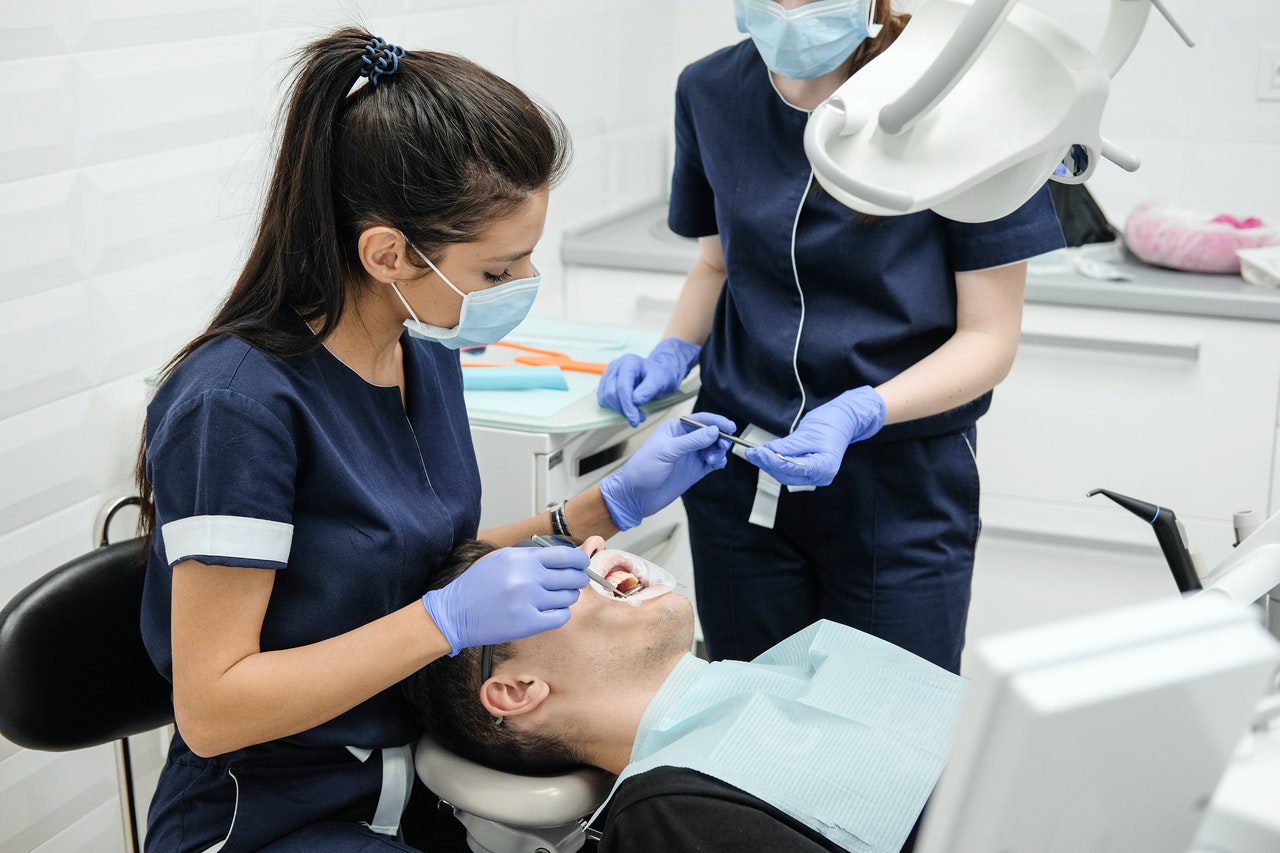Time has a way of changing things. That may not seem like such a good thing in some instances, but in others it’s definitely for the best. Orthodontia is an example of something that has seen improvements over the years. Given the impact it has on people’s smiles all over, that’s something a lot of people are sure to be grateful for.
Archwire Improvements
For years, archwires were made from stainless steel. It’s a decent option, given its resistance to corrosion and rust (essential, given the conditions in the mouth), as well as its strength and ability to be adjusted without breaking. Still, they aren’t very elastic. That’s where the nickel and copper-titanium archwires that are becoming more common in orthodontia come in. Archwires made from these materials have greater elasticity and respond better to the heat in the mouth. That allows them to naturally bend and tighten as the teeth shift, which means fewer adjustment appointments for you to attend.
Bracket Options
Stainless steel has been what the brackets were made from for a while now as well. They’re still an option today, and a pretty common one at that. The strength and relative affordability of stainless steel brackets lend to their popularity. They aren’t the only option though. Ceramic brackets have been developed that offer a much more subtle look to braces. Ceramic brackets are known for being tooth-colored, which is where the majority of their appeal lies.
Alternatives to Traditional Braces
Traditional braces are no longer the only option you have for braces. Over the years, other options have been developed. Lingual braces, first produced in 1979, make it possible to straighten your teeth without anyone else being any the wiser, since they’re put on the backs of the teeth. The Damon System braces, known for their self-ligating brackets, were introduced in 1996. Not more than two years later in 1998, Invisalign was approved by the FDA and was introduced to the market. While these clear aligners can’t solve every orthodontic issue, they offer a discrete approach to straightening teeth for those who are good candidates for them.
Orthodontia has come a long way over the years. Just about every major part of braces has seen breakthroughs that make the teeth straightening process more comfortable and easier on patients. It’s pretty awesome to see how far things have come over the years and how much better it all is as a result.
Need an appointment with Dr. Carver and Dr. Matthys? Reserve your next appointment today!




